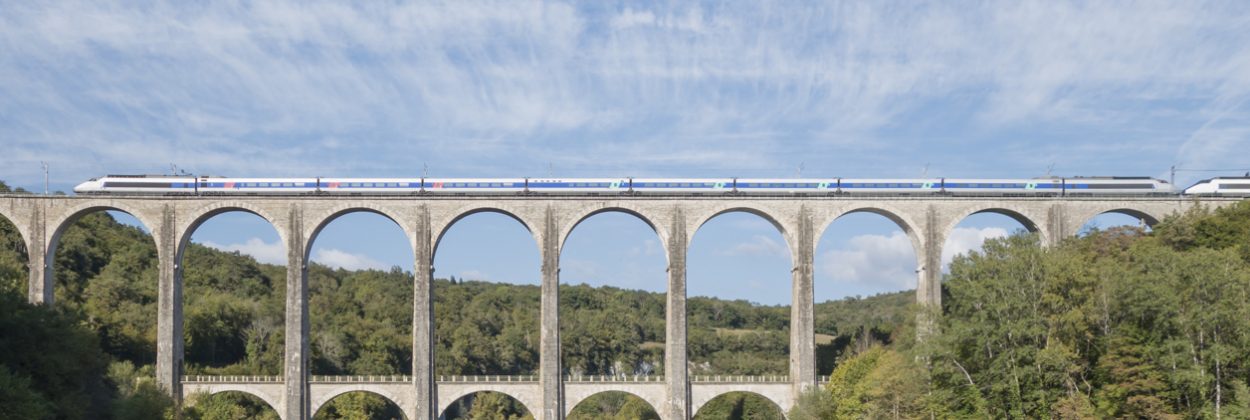Bringing the TGV at speed
Challenge: safely carrying customers at a speed exceeding 320 km/hour
The 1st high speed train prototype was completed in 1974. It travelled almost 1,000,000 km (620,000 mi) during testing. In 1981 the 1st TGV circulated on the line Paris-Lyon from 270 km/h up to 320 km/h nowadays.
The innovative electric traction required a significant challenging design overhaul of the insulation system.
What we delivered: complete trust in energy supply
Sediver was selected and qualified by the Railway Utility as the partner to develop specific insulation configuration for the TGV train, who imposes very stringent safety criteria and reliability requirements.
Sediver top and strut insulators are of rigid construction comprising three or four toughened glass shells connected by intermediate metal fittings. The toughened glass shells and metal fittings are assembled together using alumina cement, to give a bound which is stronger than the components themselves.
Sediver delivered more than one million glass insulators for the railway network in France. From this experience and research on railway insulators Sediver participated throughout the world in numerous high-speed line projects such as in South Korea and in Mexico.
 Français
Français

